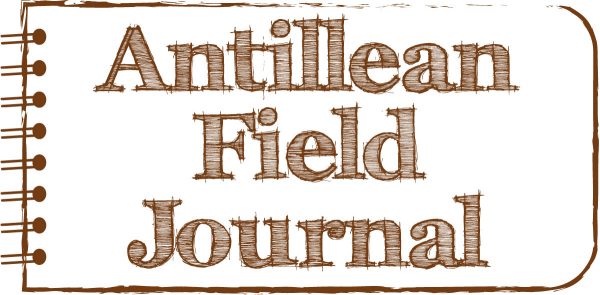
There are plenty of biologists in the world working in university laboratories and museum basements. In many ways, these indoor environments might be considered the primary natural habitat of the modern biologist. Some, however, are only truly at home when out in the field.
In biology, fieldwork is essentially any research that is done outside the lab or library. It usually involves observing, documenting and collecting plants and animals. It is often the dirtiest, sweatiest work a biologist can do, but it can also be the most fun.

In the past, work done in the field and work done in the lab or museum were often done by different people. In the Caribbean, many specimens were collected by non-scientists and sent to scientists in Europe or North America for study. Over the last hundred years or so, it became much more common for scientists themselves to travel to the Caribbean to do fieldwork. It has also become much more common for Caribbean scientists to do both fieldwork and analysis right here.
At the moment, a team of scientists from the Caribbean and beyond are conducting a survey of the terrestrial ecology of St. Kitts and Nevis. They are documenting as many plants and animals as possible, from birds to beetles and trees to mosses. The project will help the government of St. Kitts and Nevis protect the the biodiversity of their islands.
Due to the broad scope of the project, the team includes a variety of experts, specialized in studying insects, birds, plants, reptiles, bats and more. While each one researches their own specialty, they also share observations about the general ecology. The impact of invasive species—like monkeys and rats—or the recent drought, can be seen across multiple plant and animal groups.
Together, the team is making new discoveries, uncovering mysteries and overcoming challenges. In the Antillean Field Journal, we will follow their progress up the muddy slopes of Mt. Liamuiga and Nevis Peak, to the rarely-visited shores of Booby Island and many places in between. As we go, we will see how our understanding of nature in the Caribbean is improving, even as the islands themselves are rapidly changing.
